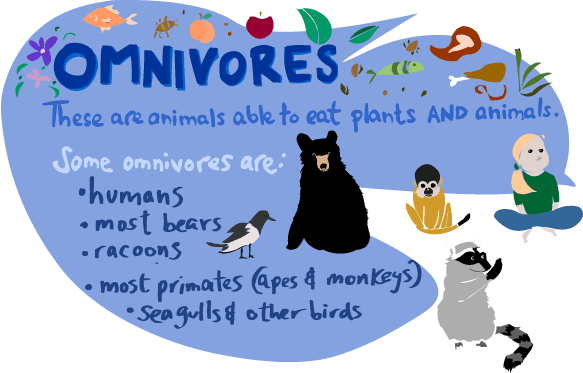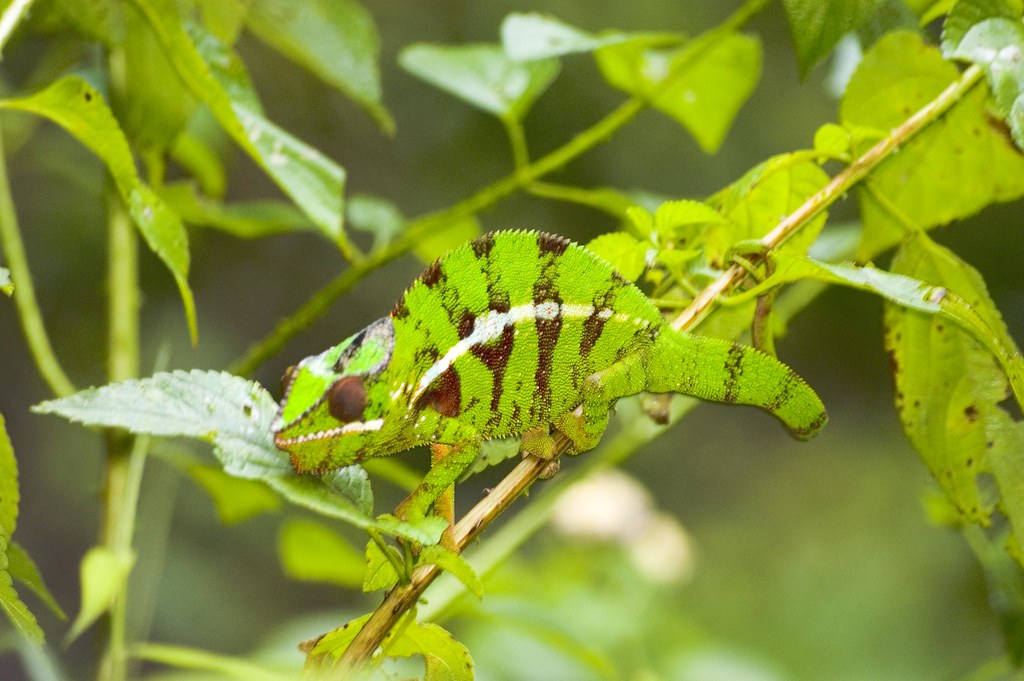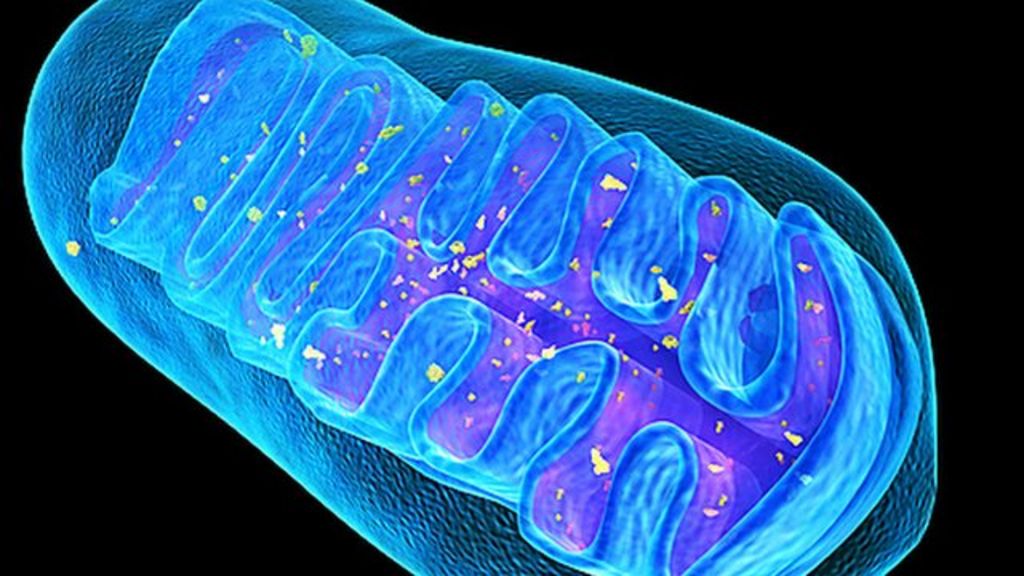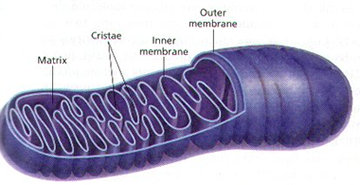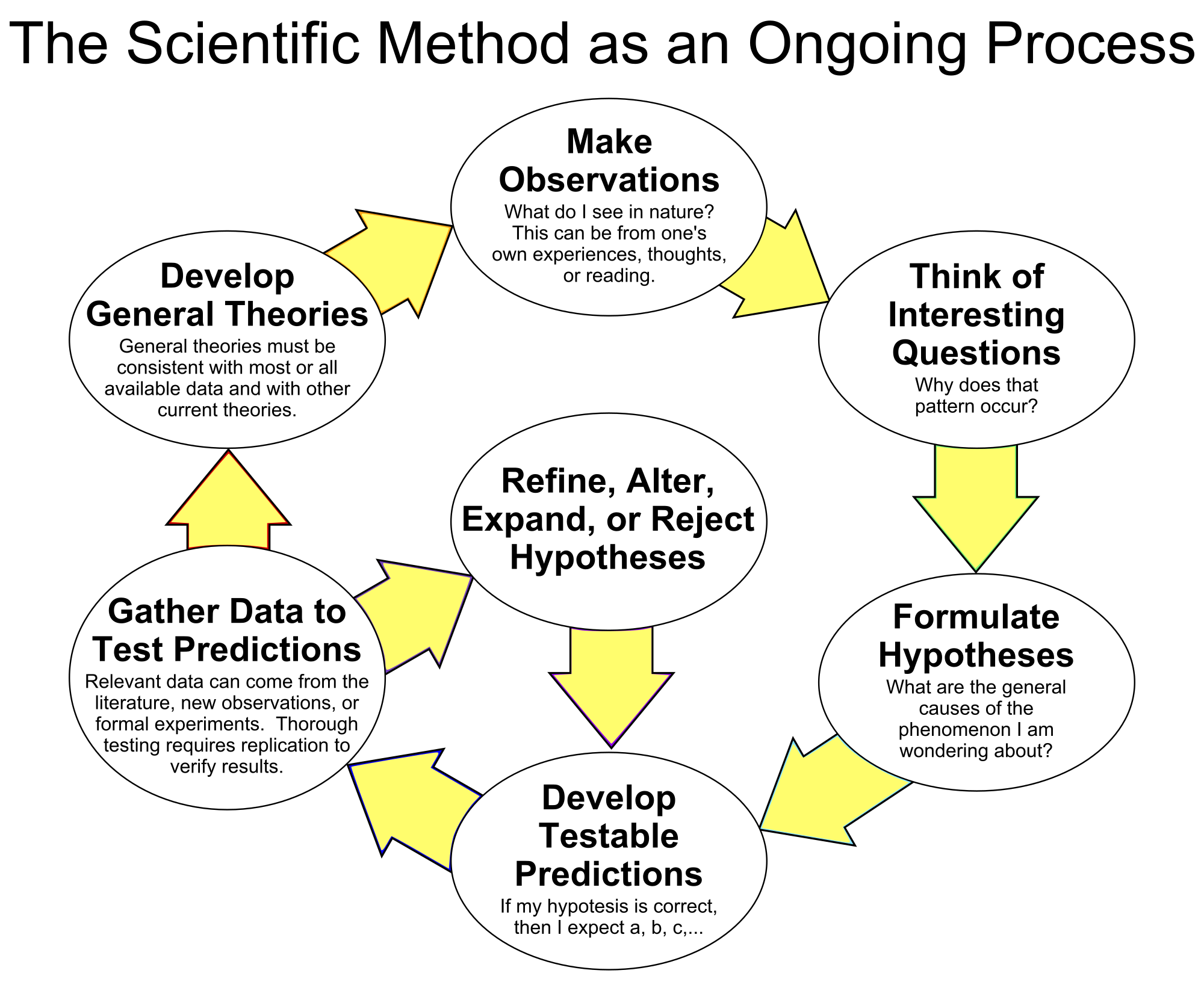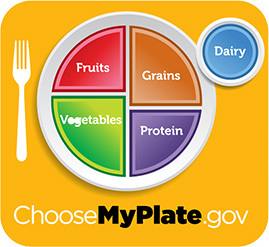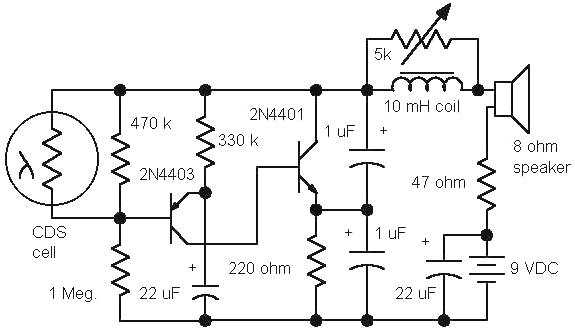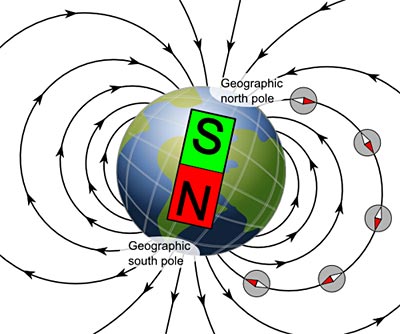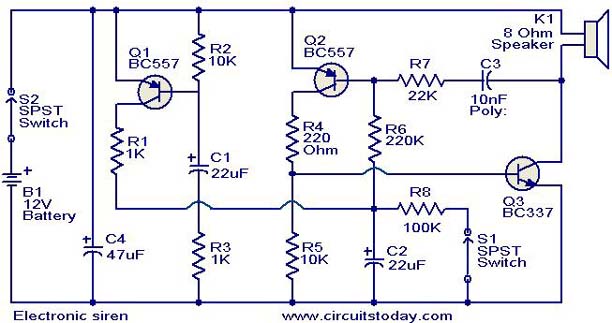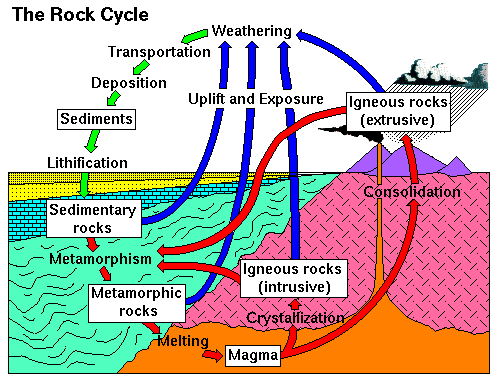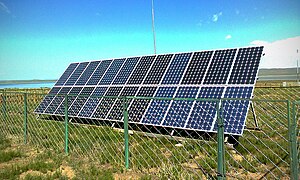 |
| https://upload.wikimedia.org/wikipedia/commons/thumb/8/8d/Solar_panels_in_Ogiinuur.jpg/300px-Solar_panels_in_Ogiinuur.jpg |
Summary/Questions:
What are some way to generate Electricity:Some ways to generate electricity are Solar energy; Wind energy, Geothermal, Fossil fuels, Biomass, and Nuclear energy
What energy sources are most common:
The most common type of energy in the U.S is fossil fuels at a total of 48% of people that use it throughout the U.S
What are some good or bad energy sources:
Some bad sources of energy are: Nuclear, Fossil Fuels, Landmass Gasses, and Biomass. Because they pollute and they kill animals. Some good ones are: Solar, Wind, and Geothermal. Because they turn the earth resources into energy and when they are done they convert it back usually.
If you could stop one source what would it be:
It would be Nuclear because it causes pollution also kills humans and animals plus it can do weird things to people that they may not like.
What energy source would you promote:
It would definitely be Solar panels because it take the suns light and uses it to do other things that just so happens to make light to!
SP 2: Using models
This week in class we used models see different types of circuits like parallel and series.


